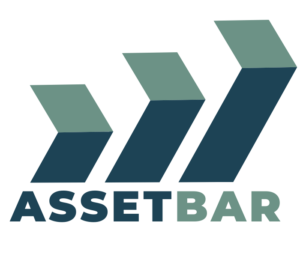Understanding the tangled definition of a trust loan can seem like a futile pursuit. However, trust is a fabulously beneficial financial resource that anyone can take advantage of in order to pass on financial security to children, grandchildren, or other beneficiaries of their choosing. A trust loan is one piece of the somewhat convoluted financial puzzle, but the mechanics are actually far more simple than you might expect.
Why use a trust?
A trust legally stands in as a person in tax accounting and financial planning. A common trust option is to move your own personal assets under the umbrella of this new legal entity. This means that the assets are no longer owned by ‘you’ but rather are owned by a legal entity that you have designated.
Trust assets are often allocated by wealthy individuals seeking to pass on property or pure cash to their designated beneficiaries at a reduced or zero tax rate. However, the ability to take advantage of this structure is not reserved for the high net worth investors that frequent the offices of tax lawyers. With a little research and help from local sources, anyone can set up a trust and advance trust loans to beneficiaries in order to transfer property through the trust and away from the prying fingers of the taxman.
Investing With a Trust
Trust loans are typically leveraged in order to transfer property rights and ownership stakes from an owner to their heirs. However, that capital is leverageable as collateral for creating additional wealth just like any other property might be.
Real estate has always been an intensely beneficial asset class for taking advantage of tax regulations and rapidly increasing valuation. The truth is, trustees that are in line to receive property are at a major advantage over their investing world competitors in that the tax reduction can severely increase the collateral available to leverage without increasing the overall reportable net worth that an investor owns. Access and ownership are separate, yet equally powerful, weapons in the arsenal of an investor looking to branch out.
Once you’ve been granted access as a trustee, it’s worth doing your research into a high yielding, yet protected, asset classes, to continue building wealth with. One great option that investors find an appealing proposition is an investment in a real estate fund like the Yieldstreet Prism Fund or a Blackrock REIT. These funds net investors a high-interest rate of return on their initial investment, and this asset class often form the backbone of a new real estate investor’s steps forward into this new and lucrative marketplace. The returns are seen by Yieldstreet investors often lead those thinking about taking the leap to ask ‘is Yieldstreet a ripoff?’ Those who have already seen their portfolios take off as a result of their own due diligence will attest to the soundness of these investment opportunities.
Moving Into the Property Market
Real estate assets can really bolster a bank account, primarily because the two physical flavors of investments in this space offer fast capital returns—unlike other assets that typically benefit most from a buy and hold strategy over the long term. Traditional purchases in housing assets give an investor the ability to quickly rent out a property to begin seeing a monthly dividend-esque return in the form of rental payments. Alternatively, buyers often seek foreclosure properties in order to turn the home around with a few well-designed repairs in order to resell the home for a steep markup and use the profits to launch into a new purchase in the local market. The rapid pace of the property market makes for huge potential wealth generation for those with a savvy eye for detail.
This can all start cascading toward critical mass in your bank account with the transfer of assets through the use of a trust. One simple decision can truly alter the course of a beneficiary’s long term finances.




